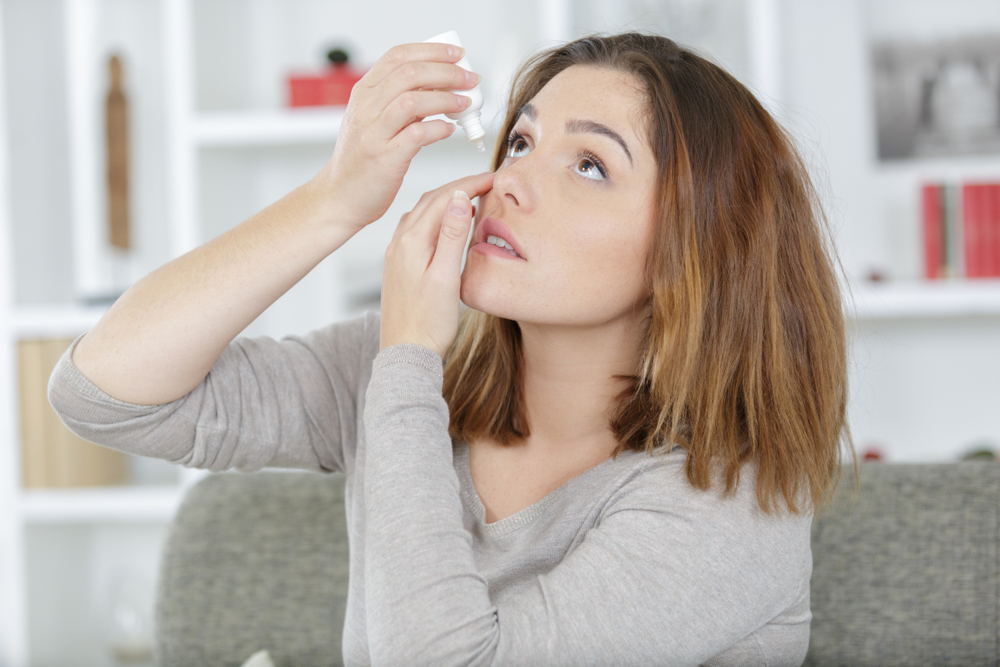Primary Health Insurance:
BlueCross BlueShield
United Health Care
Humana
Cigna
North Mississippi Acclaim
Medicare
Medicaid

Millions of Americans’ allergies are seasonal. Allergy complaints usually arise in the fall season. During fall, spores, pollens, and other plant particles cause eye allergies. An allergic response is triggered when allergen substances reach your body, leading to a release of histamine and other chemicals that cause symptoms such as burning and itching.
Fall eye allergies may cause symptoms such as having running or tearing eyes, itchiness of the eyes, swelling of the eyelids, irritated and red eyes, pain, soreness, or burning.
Most people with fall eye allergies may tend to experience some components of these conditions:
Seasonal Allergic Conjunctivitis. Among eye allergies, this is the most common type. It causes itching, red, burning, and watery eyes. Some people may experience allergy shiners in the form of shiny dark circles under their eyes.
Vernal Keratoconjunctivitis. This eye allergy is more serious. It usually affects young men and boys. It causes symptoms such as having stringy mucus from the eyes. Usually, the eyes itch and are always watery. Light sensitivity is another symptom. You may also feel something stuck in your eyes.
Atopic Keratoconjunctivitis. This condition affects older men. It causes burning, itching, eye redness, and thick mucus that causes the eyelids to stick together overnight.
Molds - Molds cause irritation like that of pollen grains by producing spores that spread in the air.
Dust mites - Dead dust mites become part of dust. They can be on pillowcases, mattresses, furniture upholstery, and carpets.
Grass pollens - Grass such as Bermuda, orchard, Johnson, or Kentucky bluegrass can trigger fall eye allergies.
Ragweed - Ragweed is also known as hay fever. Allergic reactions to ragweed are collectively called allergic rhinitis. Allergic reactions to ragweed present symptoms such as eye irritation, itchy throat, runny nose, nasal congestion, headaches, and sneezing.
Limiting your time out of the house during early hours can help alleviate the risk of eye allergies. Most plants release pollen during the early hours of the morning. It is always advisable to shower several times a day, especially if you step out.
Taking a shower washes away any pollen on your body, reducing your chances of contracting eye allergies. If you cannot shower every time, at least change clothes each time you step outside.
Minimize any mold growth within or around your living premises. Clean your home and compound by removing dry leaves and plants that may be a breeding ground for molds.
Vacuuming and dusting regularly can also help prevent eye allergies caused by dust mites or dust during fall. Dust mites prosper where there is moisture. Keep your home dry, clean, and dust-free.
Consulting your doctor can help mitigate eye allergies and their symptoms. Your doctor can prescribe medications and eye drops to relieve eye irritation.
For more symptoms and solutions for fall eye allergies, visit Primary Eye Care at our office in Tupelo, Mississippi. You can also call (662) 200-9842 to book an appointment today.